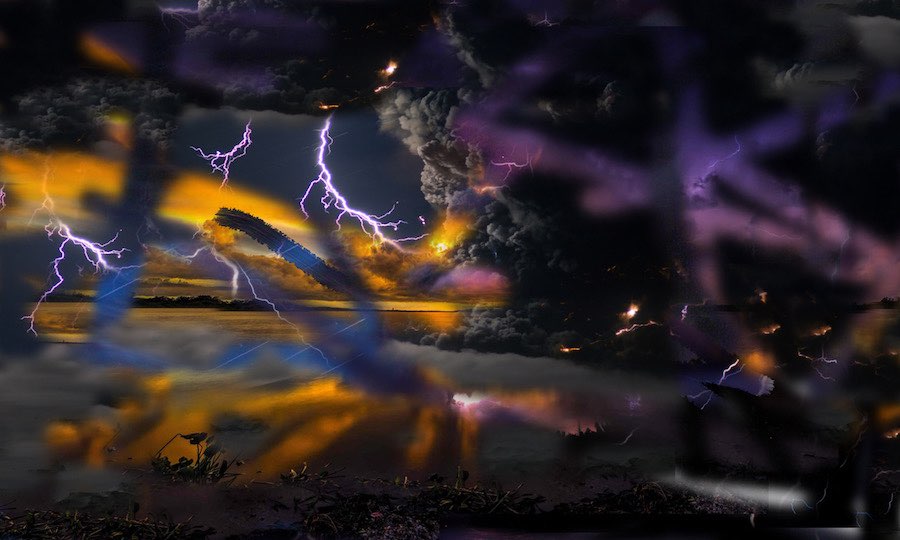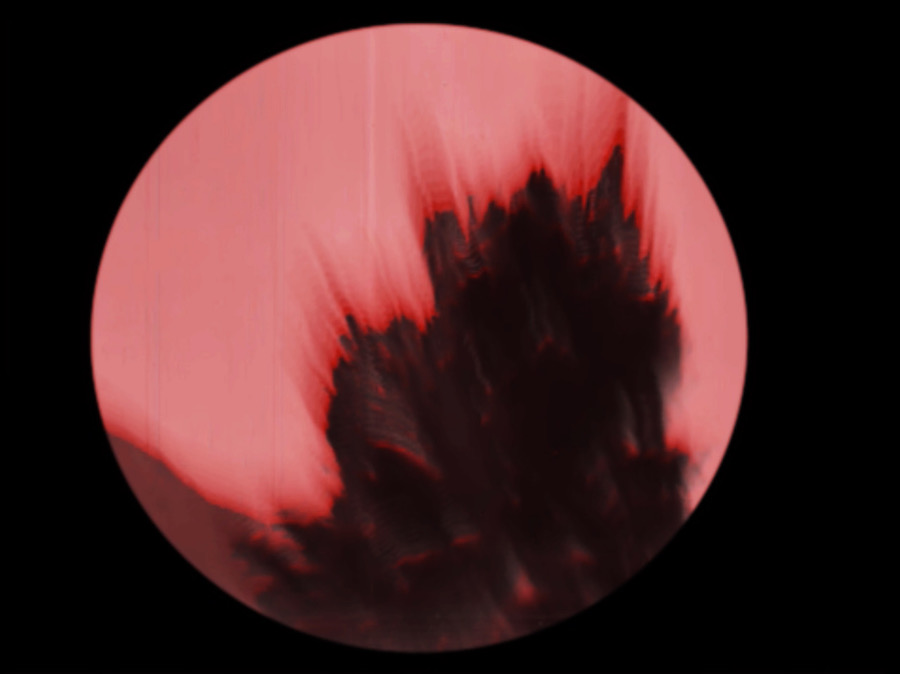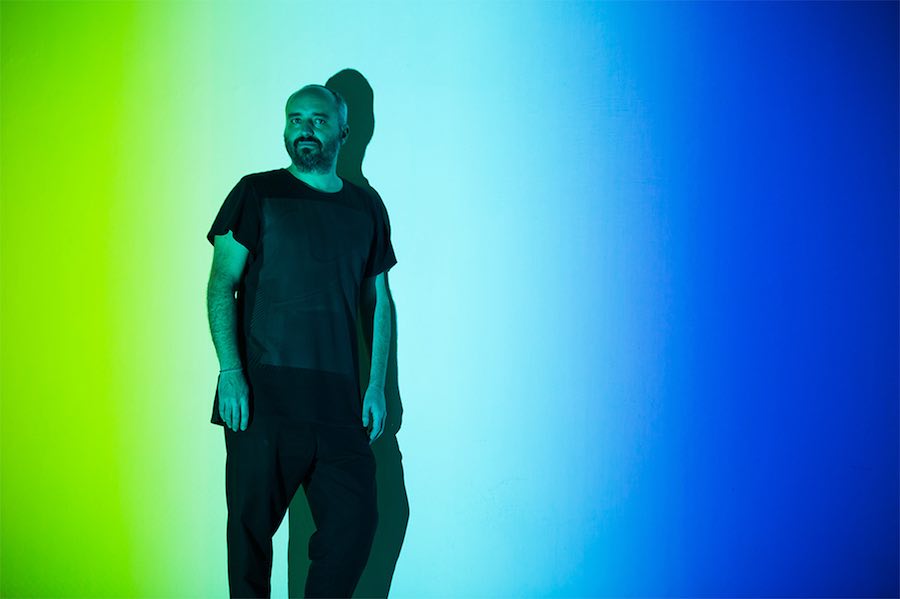
English text below
Cinema, artisti visive e suono si mescolano nella pratica artistica di Carlos Casas, filmmaker e artista visivo spagnolo, che mercoledì 18 dicembre presenterà a Raum a Bologna, il suo nuovo progetto KRAKATOA. Archive works. Un appuntamento preceduto dall’incontro pubblico al MAMbo – Museo d’Arte Moderna di Bologna di martedì 17 durante il quale lo stesso Casas presenterà il progetto e le prime fasi della ricerca.
Ispirato all’eruzione dell’omonimo vulcano in Indonesia nel 1883, Krakatoa rappresenta l’ultimo capitolo realizzato per la serie Achive Works, sperimentazioni con materiali d’archivio, found footage e film classici che manipolati da Casas si trasformano in un vero e proprio nuovo film.
Il passato diventa punto di partenza per la creazione di qualcosa di nuovo, un ponte tra epoche e luoghi lontani. Le terre desolate ai confini del mondo diventa oggetto di analisi identitaria e culturale, ambienti con i quali confrontarsi per conoscere se stessi e gli altri. KRAKATOA si inserirà negli spazi di Raum come un work in progress di due giorni, una residenza produttiva alla quale gli spettatori potranno assistere e una lunga performance finale notturna dove i suoni creati e registrati nei giorni precedenti saranno remixati da Enrico Malatesta e incontreranno le immagini del cinema di Casas.

Wednesday 18 december from 10pm Xing presents at Raum KRAKATOA Archive Works – Session 1, an immersive live cinema performance by the film-maker Carlos Casas, joined by the percussionist and sound artist Enrico Malatesta.
Carlos Casas presents in Bologna the first session of KRAKATOA, his new audio-visual project based on the eruption of the mythic volcano Krakatoa in Indonesia. The eruption of Krakatoa in 1883 has been considered one of the most devastating natural phenomena in human history, also considered to be the loudest sound event in recorded history. The Krakatoa eruption produced some of the most remarkable natural phenomena sightings, and its impact was seen all over the world changing the weather and sky conditions around the planet. But beyond its meteorological, geological and biological influence, the eruption and subsequent phenomena changed our notions of nature and our connection to it. Pushing a new awareness of the planet and nesting the early notion of ecology and earth as a single ecosystem while opening the way for the birth of modern ecology.
Guendalina Piselli: In a few weeks Raum in Bologna will host your last project KRAKATOA. Archive works session I which consists in a two days residence at RAUM and a final performance. Could you tell us more about it? I know is inspired by the eruption of Krakatoa Vulcan…
Carlos Casas: Well, Krakatoa is my last project which I have been working since a few years, since a few years I have been more and more interested in opening my creative process to public and making the journey public, with live sessions and archive works exhibitions, at Raum as part of the residency the spectator will be witnessing an open recording session and rehearsals.
Krakatoa is based on the volcano eruption of 1883, that has become a fascination for me, not only for its mythical stature and how it shaped a certain imaginary of the end of the world but also on how it created a new idea of nature and earth as an ecosystem. For me that event holds the key to understand a lot of things and also to question the spectator’s notions of nature, ecology and the state of climate change and its stagnation.
GP: In this occasion the sound is entrusted to Enrico Malatesta. Which is the role of sound and music in you work? The presence of live music reminds me the birth of cinema when the silent films were accompanied by musicians…
CC: With Enrico Malatesta we will be recording sounds with a Kempul gong session from Indonesian Gamelan tradition, and we will process and experiment with these sounds during the public presentations and performances. The goal is get as much material and sounds to be used for the future film. The sessions will be totally experimental in the sense that we know where we start but we don’t know where we are going…
I hope the sessions will provide light to how to use those gongs or sounds and how to try to recreate certain frequency ranges and use those instruments and sounds in new affect ways.

GP: KRAKATOA is part of a bigger series called Archive Works in which you mix found footage and sound experience creating a bridge, a link between past and present and connecting different places and cultures…
CC: Yes, my archive works series are in a way my way of drawing, sketching using the past and what exists from those myths, themes, subjects, places, in a way is like invoking the ghosts of the past to shape the future ones.
GP: In your works you tell stories about faraway lands and cultures, exploring the impact of these edge places on the human’s live and attitude…like an anthropologist?
CC: I believe I need to be transported to the furthest from my culture to know who I am and how to live better, how to do something that can be meaningful for all.
GP: Your movies – which I think we could define as documentary – are shown at the major cinema festivals such as Venezia and Rotterdam. Which is the role of the Archive Works in your art practice?
CC: The archive works are normally shown more in the art context or as part of retrospectives if they are shown in cinema spaces or festivals, again for me they are more like drawings, so it is a processual element for me. It shapes my practice and my films.
GP: Where do you find the archives? And how do you choose them?
CC: It varies, sometimes is a very complicated process of digging in some archive cinematheques in remote places and sometimes is just internet or online blogs or resources.
The selection is based on the subject and of course on some locations, I always want to be as exhaustive as I can, nowadays with the prevalence of materials and social media it has become.
Impossible to be able to see everything, but I try!!! I have probably seen all the YouTube and social media outtakes of Krakatoa’s recent eruptions for instance, and always you learn or understand something. I think it is fascinating…










